Today, almost everywhere we look, children are absorbed in their gadgets. Smartphones, online games, and social media have become a central part of their lives. But who still remembers the lively afternoons of the past, when yards and open fields were filled with laughter, quick steps, and joyful shouts of children playing together? Back then, traditional games were not just entertainment – they were a way to build friendship and community.
Sadly, traditional games in Nias are now rarely seen. In fact, they are priceless cultural treasures that also contain educational values. Should we really allow this heritage to disappear, simply because it is overshadowed by modern technology?
Traditional Games That Are Being Forgotten
Nias Island has a variety of traditional games that once brought communities together. For example: Fakuku, Mozago Kandra, and Fagabua. These games were born from daily life – simple yet meaningful. They encouraged children to move, to think, to cooperate, and to play with fairness.
The teams are playing Nias Traditional Games
Why Should We Bring Them Back?
There are at least three strong reasons why Nias traditional games should be revived:
| Cultural Identity |
Educational Value |
Healthy Alternatives |
| Traditional games are a part of Nias heritage. To preserve them means to safeguard our cultural roots. |
These games teach discipline, teamwork, and responsibility – lessons that are difficult to learn through screens alone. |
Playing together keeps children physically active, reduces gadget dependency, and strengthens social bonds. |
Challenges in the Modern Era
Of course, the challenges are real. Digital dominance makes traditional games seem outdated. Open spaces for play are shrinking, and many young people are more familiar with online games than with their ancestral pastimes. But it is precisely these challenges that should inspire us to act.
Let’s Work Together to Revive Them
Reviving Nias traditional games is not the job of one person – it’s a shared responsibility.
| Parents |
| Introduce your children to simple traditional games at home. Play with them to spark their interest. |
| Schools |
| Include traditional games in extracurricular activities or national celebrations. |
| Youth |
| Use social media creatively. Imagine how fun and inspiring it would be to showcase Mozago Kandra or Fagabua on TikTok or Instagram! |
| Communities & local government |
| Organize festivals or competitions for traditional games to reintroduce them to the younger generation. |
Examples of Nias Traditional Games
Fakuku
How to play:
One player closes their eyes and counts while others hide, then tries to find them.
Values of the game:
Builds teamwork, patience, creativity, quick thinking, and social bonding
Other places in Indonesia also know this game with different names, such as:
- Petak Umpet
- Hide and Seek
The group plays a jam-jamprit to decide the “kiso” player (who is responsible for protecting the base as well as looking for and finding hiding players).
Players try not to get their fingers caught during the jam-jamprit period in order to avoid becoming kiso. As a kiso, you have to multitask, which is challenging and exhausting.
The player in Kiso must find a location or object to use as a base. Kiso closes his eyes and slowly counts from 1 to 10 to give the other players time to find a hiding spot.
After the count of ten, Kiso hunts for the other player hiding while keeping base guard, ensuring that no one gets to the base without Kiso’s consent. If another player gets to base faster than Kiso, they win.
If a kiso discovers another player hiding or approaching a base, they must quickly reach the base, touch it, and shout out “kiso.” The first player finished it wins.
The player that appears from hiding must carefully approach the base so that Kiso is unaware of his presence, letting him to win.
Hiding can be accomplished by avoiding detection in empty spaces beside vehicles/buildings, or even by pretending yourself or blending in with the crowd to confuse the Kiso.
Kiso must run faster than the other players until they touch the base, and shout “kiso”.
Kiso must then find the other player.
After the game, the losing players form a queue to get involved in a replay. The winners aren’t included in this queue.
Players who have been caught in their hiding formed a line behind the kiso. The kiso then closes his/her eyes again, places their face near the base, and shouts out a random number. The player whose number is called goes to the next kiso in the game.
Thus, the game ends until everyone involved decide to end the game because they are tired hehe.
Mozago Kandra
How to play:
One group tries to build a pyramid from stacks, while the opposing group throws balls to hit and eliminate them before they finish.
Values of the game:
Encourages teamwork, strategy, focus, coordination, fair play, and perseveranc
hMake a ball out of trashed material that is available.
Something hard (small stone) is placed inside and covered with multiple layers of plastic.
If there are still two people who have not formed a group, “rock, paper, scissors” is used to decide the group.
All participants perform a “uas” to decide the separation into two groups.
One of player B (as goalkeeper) is getting ready to take the thrown ball and quickly throw it back at player A.
Player A (as thrower) throws the ball at the stacked sandals until they fall apart while being watched by player B.
The ball hits into the sandals, which become the main goal.
Player A rushes to modify his sandals while keeping an eye on the ball hit by his opponent.
Player B throws the ball to Player A. If it hits the target, Player A is eliminated. If it misses the target, player B needs to hurry to get back the ball.
Player B collaborates together with the other player B to throw the ball to player A.
Player A is trying to achieve the goal of placing the sandals perfectly. Although player B is present, they are not doing anything but holding the ball to hit the opponent.
If the ball is thrown far enough, Player A may take advantage of the opportunity to set the sandals.
Players enjoying the game
During playing, players laugh at everyone’s nervous, anxious, and humorous expressions.
If the ball will soon hit Player A, he may avoid it. If he/she is hit by the ball, the player is eliminated.
Player A quickly sets the sandals before player B gets the ball.
The ball hits player A, who is busy with fixing the sandals without paying attention to his surroundings.
Every player is tired from chasing and avoiding the ball.
The players came out laughing as they saw each other avoid the ball. others jumped, others almost fell, some were terrified, and some were screaming.
Fagabua
How to play:
Players throw one stone into the air and quickly pick up the remaining stones on the ground before catching the falling stone.
Values of the game:
Improves concentration, dexterity, patience, precision, and traditional cultural appreciation.
The Fagabua game is also played in other parts of Indonesia, although with slightly different strategies or ways of playing, such as:
- Watu Gatheng
- Ukau
Step by step
A player takes up a single yellow stone. Then they throw the yellow stone upward while picking up one of the stones below without touching the others. This practice is repeated until all the stones have been picked up. If the number of stones picked up is incorrect, the player loses, and the game continues to the next player.
All of the stones are thrown down first. The player then selects one stone at random, without touching the others. Next, pick two stones at once while throwing the yellow stone that picked up. The player continued the steps again to pick up the other two stones.
It starts with all of the stones being thrown down. Players choose one stone in randomly. Then they pick three stones and throw one up. This is done concurrently. Then they throw one stone back while grabbing the remaining stone from below.
After throwing all of the stones down and selecting one at randomly, the player throws the chosen stone upward while taking four stones from below.
The player holds all of the stones in one fist. Then the player throws one stone up, holding it with his or her index finger and poking the ground below, before quickly retrieving the thrown stone.
In one fist, all of the stones are flipped onto the back of the hands. The stones that fall on the back of the hand are hurled and caught again. The amount of stones caught determines the player’s point. If this final move is accomplished without dropping any of the caught stones (the number of stones on the back of the hand equaled the number of stones caught), the player continues the game from step 1.
April and Elisabet are playing Fagabua
Selecting the first player to started the game
A second before flip the stones
Elisabet is flipping the stone
The payer going to pick up 2 stones
The player going to do step 5
Stones are thrown randomly
The player going to flip 1 stone
The player is flipping the stones
pick up or choose 1 stone
The Last: Don’t Let It Fade Away
Traditional heritage is not just a story of the past – it is a bridge that connects today’s generation with their cultural roots. Nias traditional games once filled childhood with laughter, taught the meaning of togetherness, and instilled pride in identity.
Let us bring them back! Let us not allow them to vanish into memory. May these games once again be played in schoolyards, in village squares, and in the hearts of young people. Because by reviving them, we are not only preserving culture – we are reigniting the joy and spirit that once made our community so alive.
Authors
Coordinator: Mei Kristiani Ndruru
Students: April, Bene, Idam, Dorotea, Elisabet, Abdi, Eja
Team from BNKP Vocational High School Gunungsitoli (smkbnkpgusit.sch) – Nias, Indonesia (ID)
[in collaboration with teams from India and Switzerland, “Link/Title of contribution”]
On-topic posts on dontwastemy.energy
☷ See the project teams here »
☵ Some words about the contributions »
☴ Our sponsors and partners » (the-horse.education)
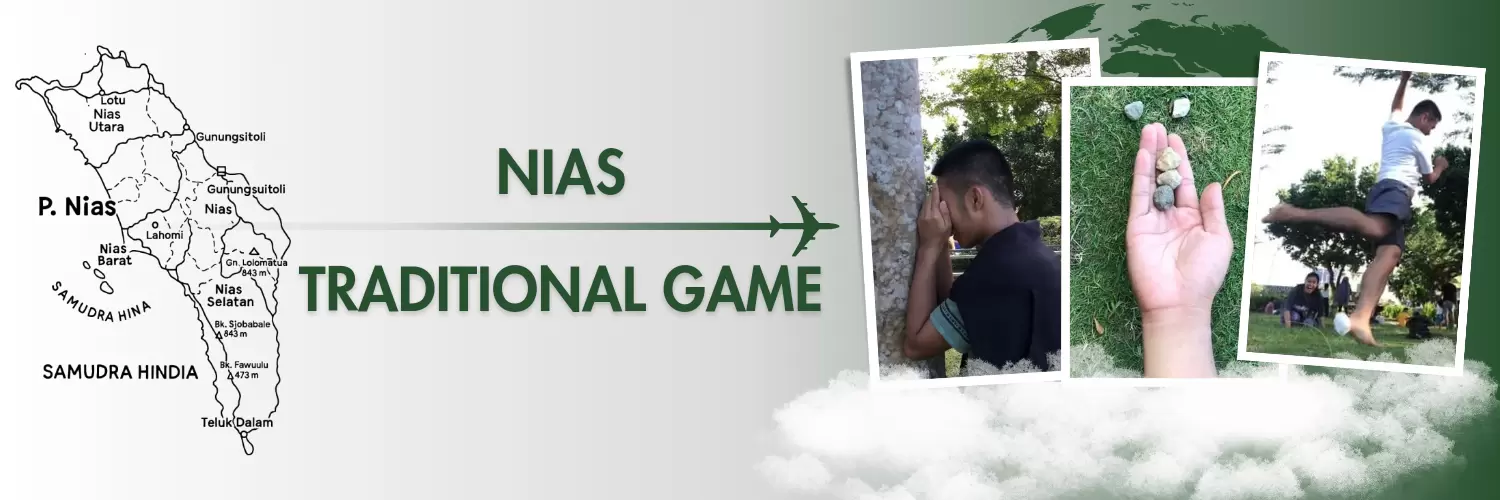
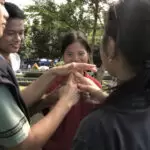
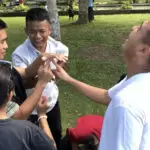



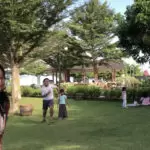
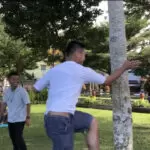
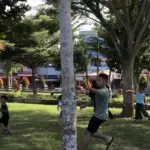


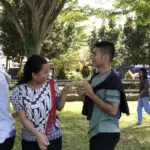
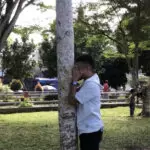



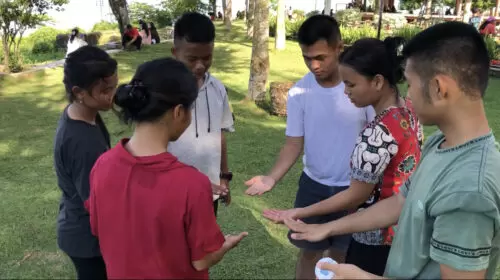



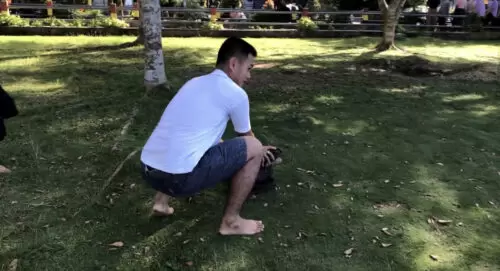






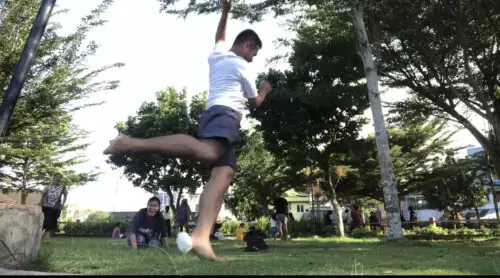
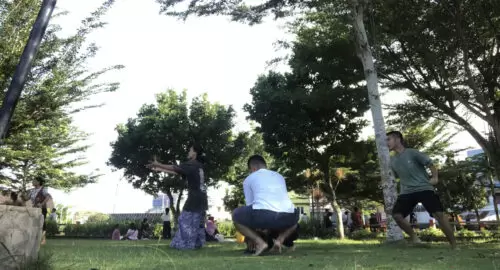



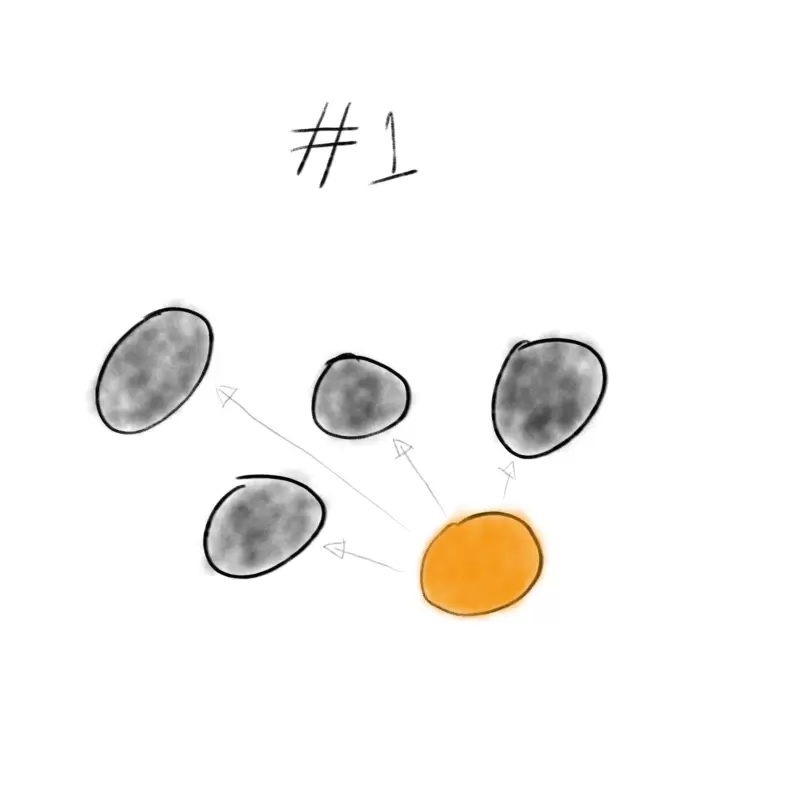
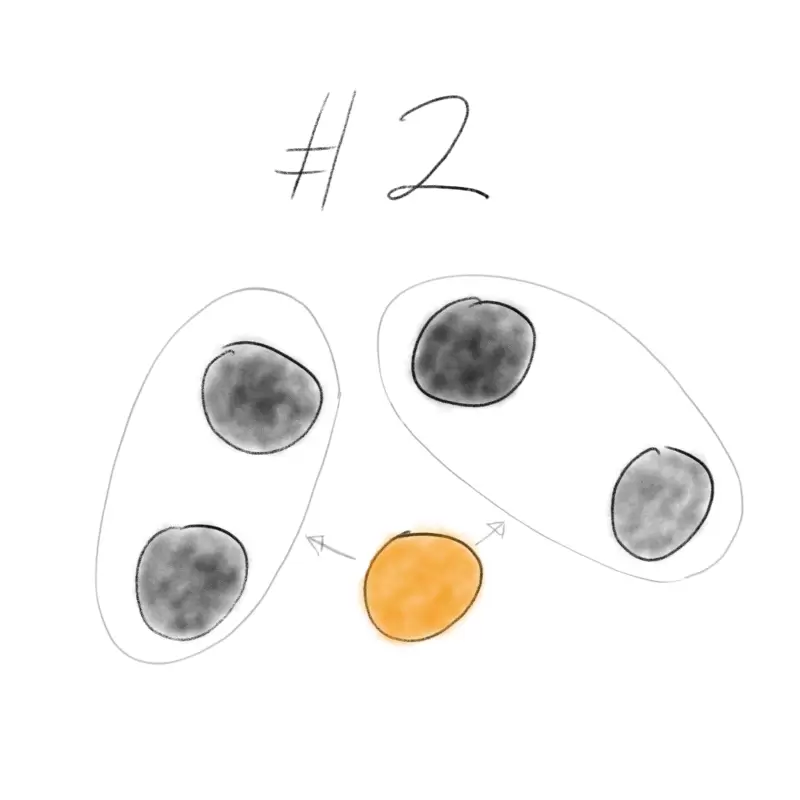
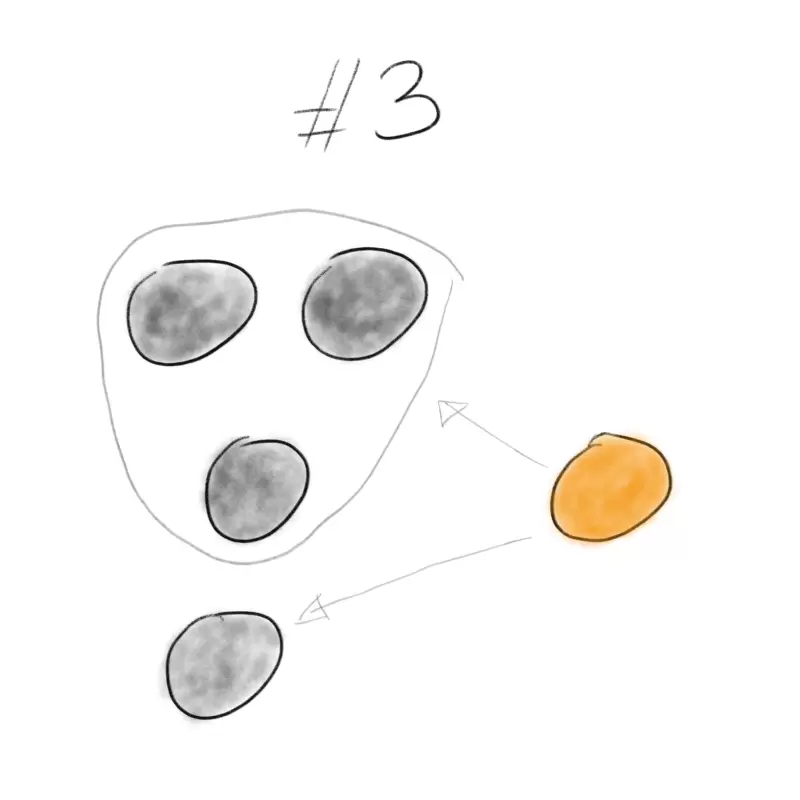
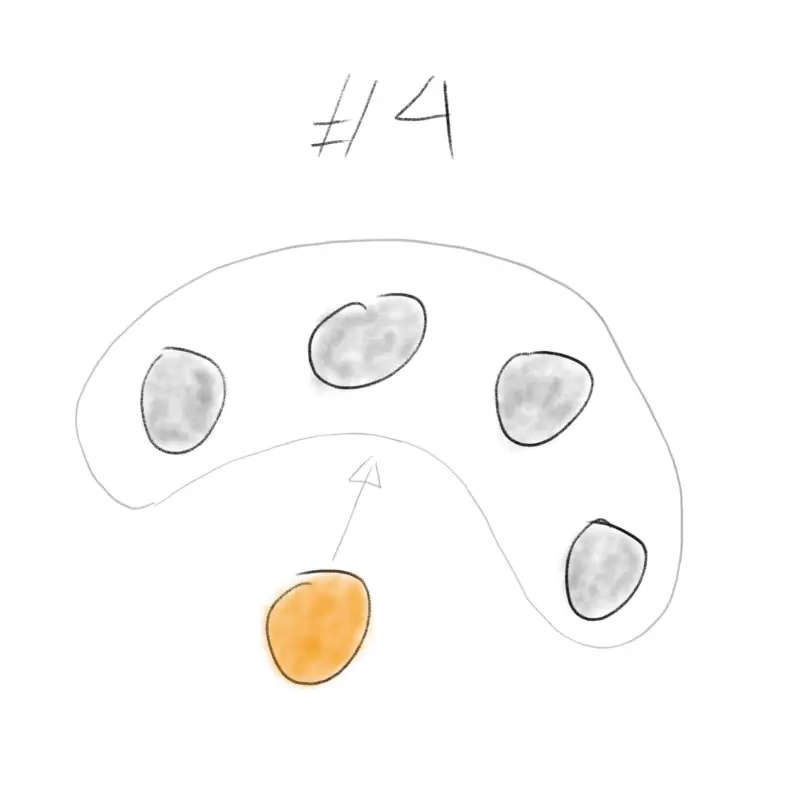
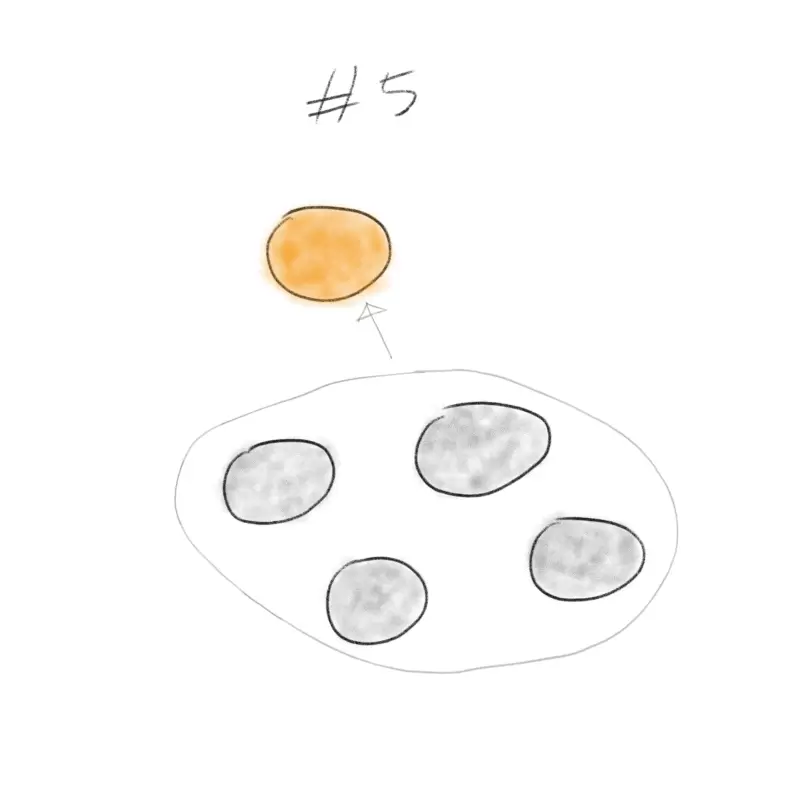

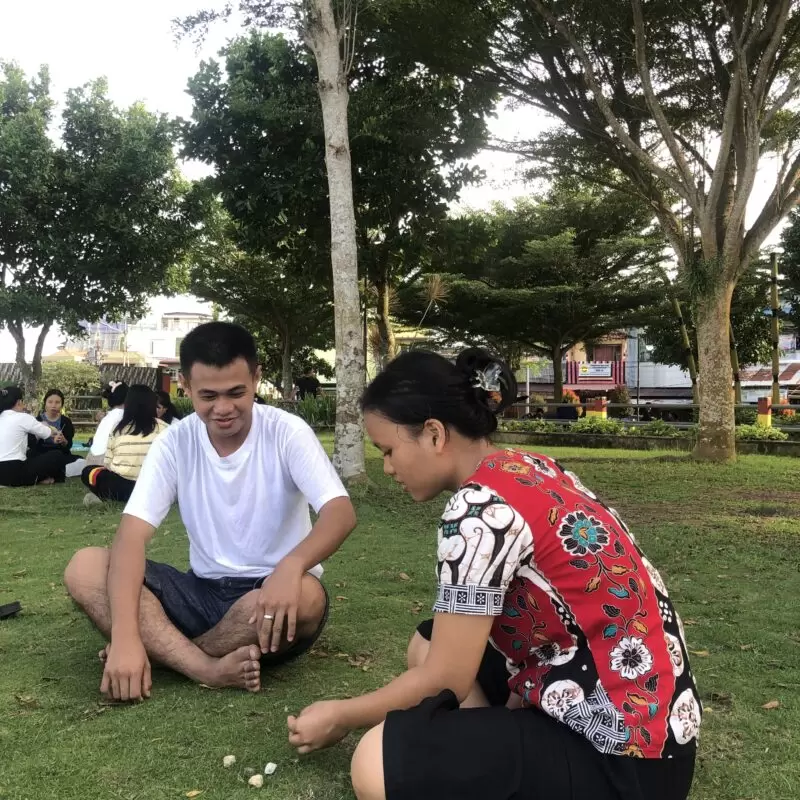
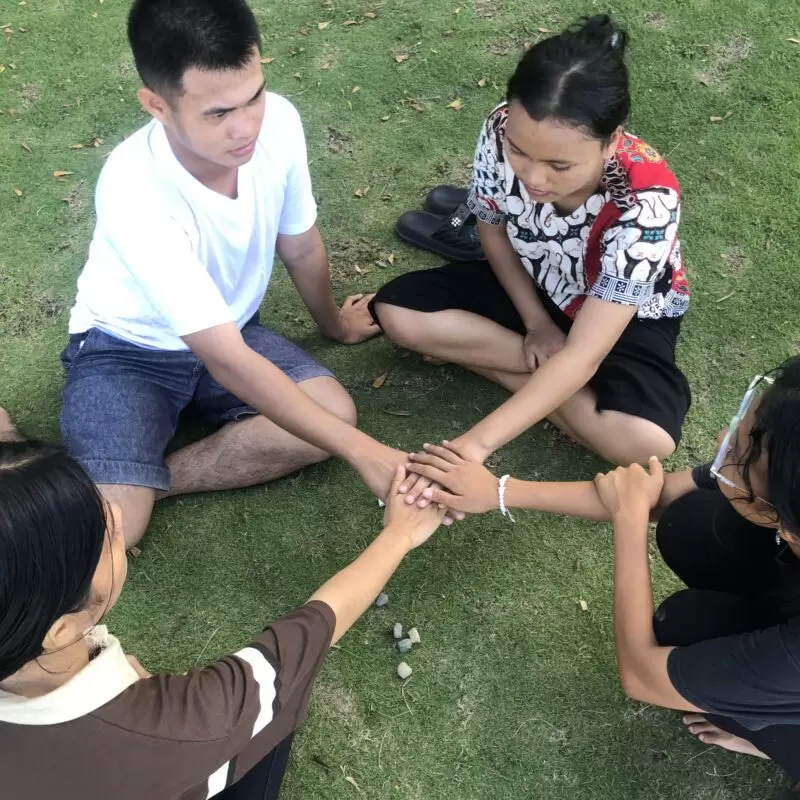
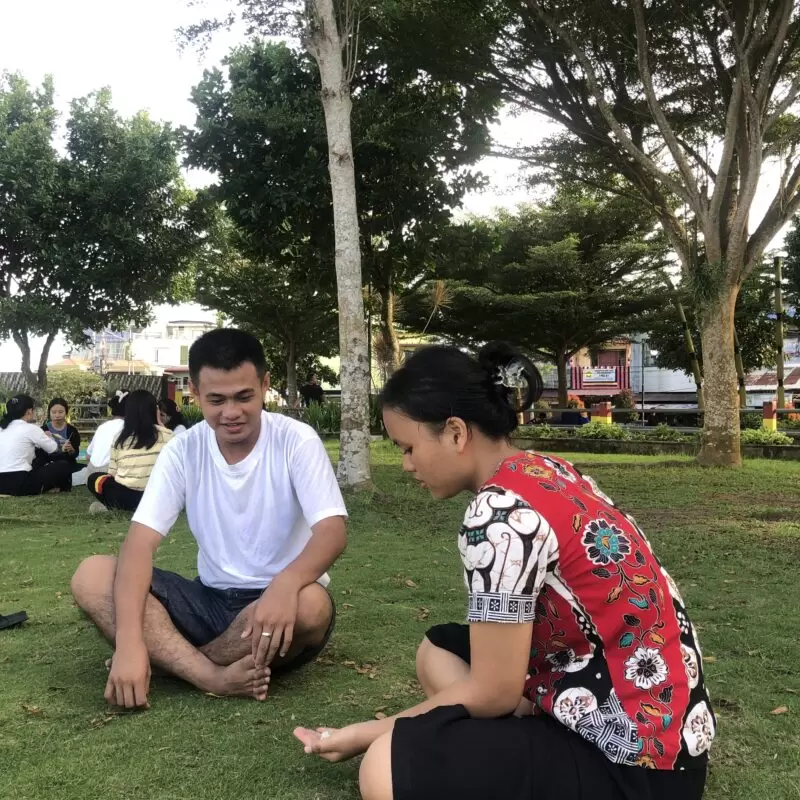



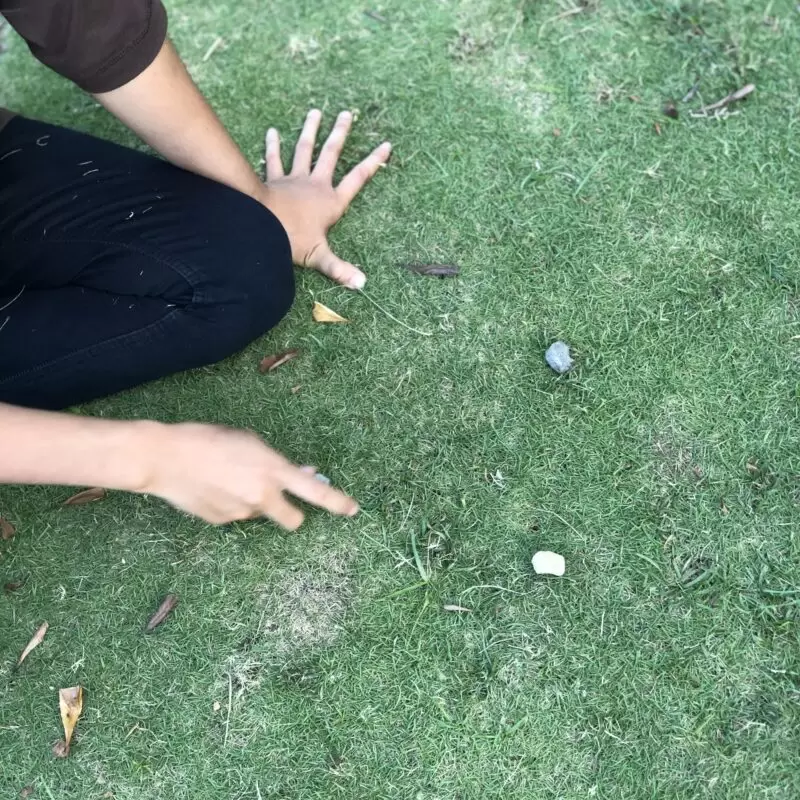
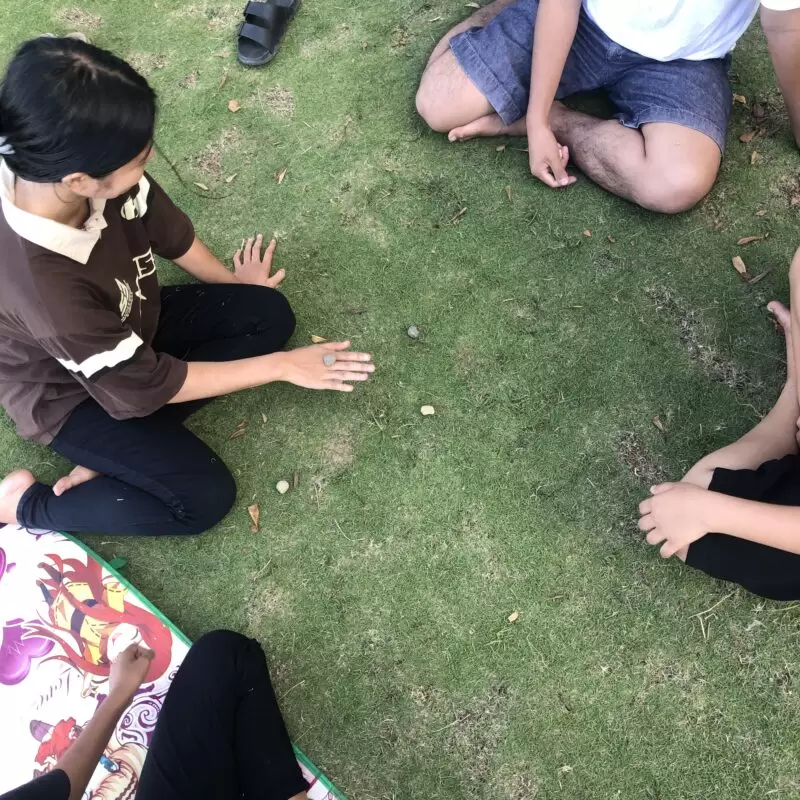


Really cool post and pics! I’m originally from the U.S. and it’s awesome to see how these games bring people together. Reminds me of tag or backyard games I played as a kid, before everyone just stayed on their phones. Would be amazing if stuff like Mozago Kandra went viral online so more people try it. Hope these traditions keep going strong!